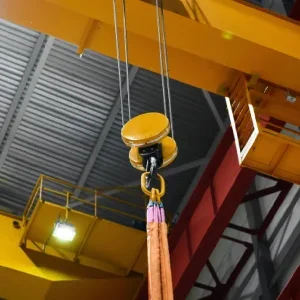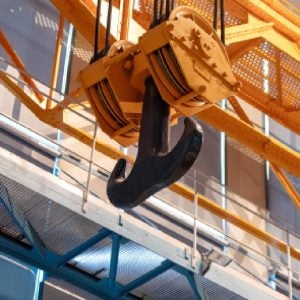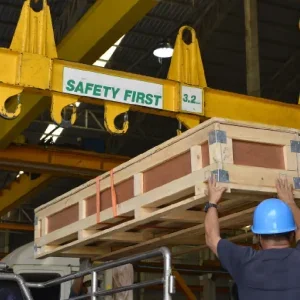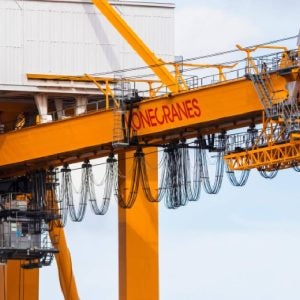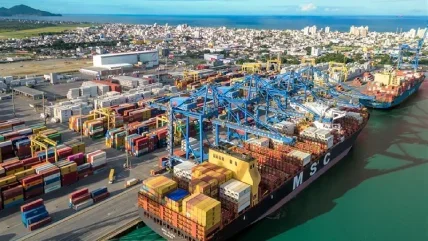
Konecranes has secured an order from Portonave, a private container terminal in Brazil, for 14 fully electric rubber-tyred gantry (RTG) cranes, expanding in a critical regional market.
The battery-driven RTGs will operate with zero tailpipe emissions, aligning with Portonave’s commitment to environmental, social, and governance (ESG) practices.
The RTGs, equipped with a dynamic charging busbar system, eliminate the need for auxiliary diesel generators, ensuring uninterrupted operation even during electricity outages.
They can function for up to four hours on battery power and will recharge automatically once grid power is restored.
The order, placed in the fourth quarter of last year, is scheduled for delivery by mid-2026.
Portonave, which handles approximately 1.2 million Twenty-Foot Equivalent Units (TEUs) annually, will benefit from the RTGs’ advanced Smart Features.
The features include Stack Collision Prevention, Auto-TOS Reporting, Auto-Truck Guiding, Truck Lift Prevention, and Gantry Collision Prevention.
The cranes will also feature auto-steering and positioning technology for effective navigation through container stacks.
Konecranes said the order is part of its Ecolifting initiative, which aims to enhance the environmental impact of its products while reducing customers’ carbon footprints.
Konecranes port solutions regional sales director Alfredo Ramirez said: “There’s plenty of room to reduce emissions in Brazilian container handling operations, at the seaside, inland, everywhere.
“Portonave is a great example of how it’s possible to achieve zero tailpipe emissions, step by step. Konecranes will be here to give Portonave the container handling help it needs going forward.”
Recently, Konecranes received an order from Italy’s Salerno Container Terminal (SCT), part of the Gallozzi Group, for a Konecranes Gottwald ESP.10 Mobile Harbour Crane.
The mobile harbour crane, with an external power supply, is designed with a 64m boom, a maximum lifting capacity of 125 tonnes and operates with a twin-lift spreader.
It will handle containers on super post-Panamax vessels of up to 15,000 TEUs and 22 rows across, enhancing the terminal’s container handling capabilities.


